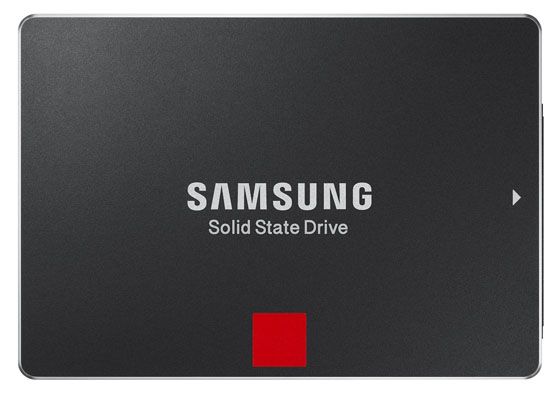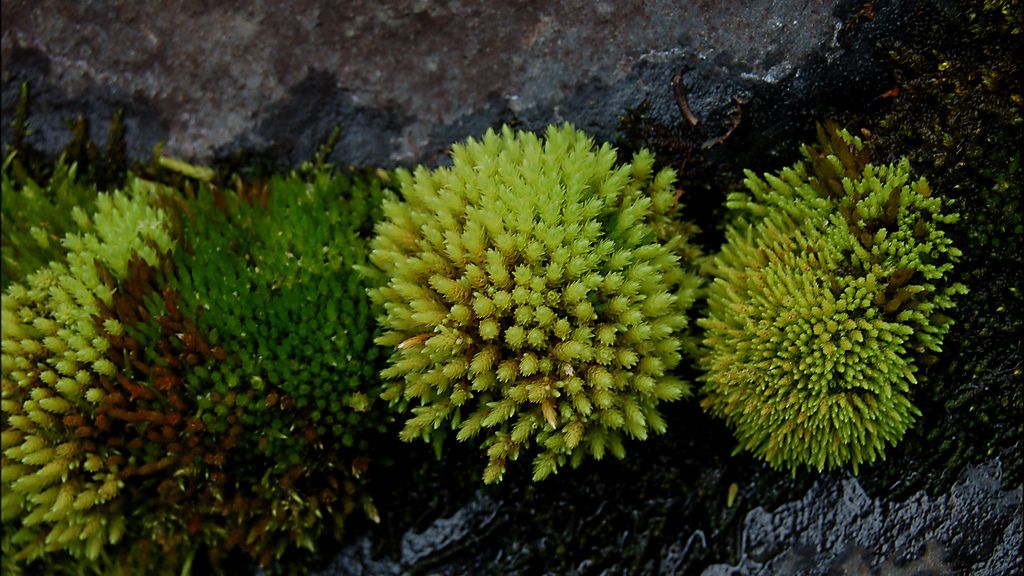
Samsung 850 Pro: The solution to Moore’s Law ending.
During the last few years, the semiconductor industry has been having a harder and harder time miniaturizing transistors with the latest problem being Intel’s delayed roll-out of its new 14 nm process. The best way to confirm this slowdown in progress of computing power is to try to run your current programs on a 6-year-old computer. You will likely have few problems since computers have not sped up greatly during the past 6 years. If you had tried this experiment a decade ago you would have found a 6-year-old computer to be close to useless as Intel and others were able to get much greater gains per year in performance than they are getting today.
Many are unaware of this problem as improvements in software and the current trend to have software rely on specialized GPUs instead of CPUs has made this slowdown in performance gains less evident to the end user. (The more specialized a chip is, the faster it runs.) But despite such workarounds, people are already changing their habits such as upgrading their personal computers less often. Recently people upgraded their ancient Windows XP machines only because Microsoft forced them to by discontinuing support for the still popular Windows XP operating system. (Windows XP was the second most popular desktop operating system in the world the day after Microsoft ended all support for it. At that point it was a 12-year-old operating system.)
It would be unlikely that AIs would become as smart as us by 2029 as Ray Kurzweil has predicted if we depended on Moore’s Law to create the hardware for AIs to run on. But all is not lost. Previously, electromechanical technology gave way to relays, then to vacuum tubes, then to solid-state transistors, and finally to today’s integrated circuits. One possibility for the sixth paradigm to provide exponential growth of computing has been to go from 2D integrated circuits to 3D integrated circuits. There have been small incremental steps in this direction, for example Intel introduced 3D tri-gate transistors with its first 22 nm chips in 2012. While these chips were slightly taller than the previous generation, performance gains were not great from this technology. (Intel is simply making its transistors taller and thinner. They are not stacking such transistors on top of each other.)
Continue reading “Proof that The End of Moore's Law is Not The End of The Singularity” »

 http://grist.files.wordpress.com/2014/02/moss.jpg?w=320&h=180&crop=1, (default)], [
http://grist.files.wordpress.com/2014/02/moss.jpg?w=320&h=180&crop=1, (default)], [















